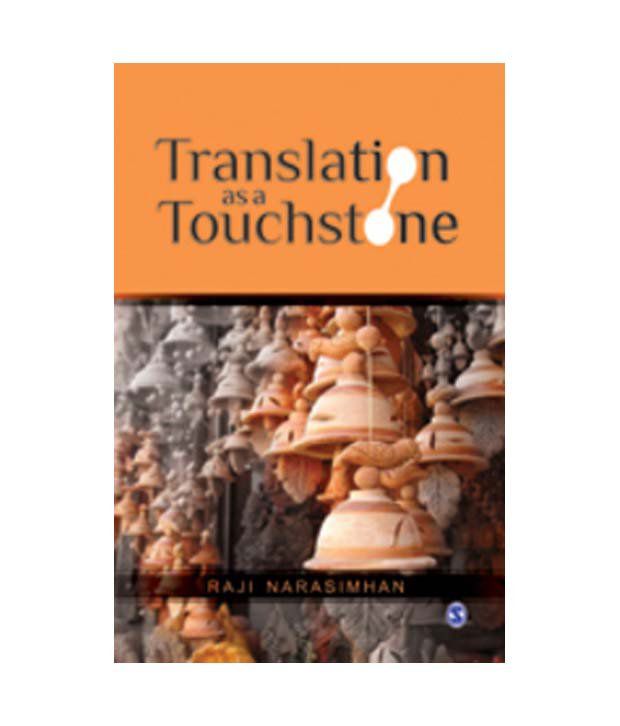Reviews, Vol. I, Issue I.
When
in 1993 Susan Bassnett emphasised that “Today, comparative literature in one
sense is dead”, translation studies was supposed to take the mantle where
comparative studies was leaving it. More recently, Bassnett has acknowledged
that her earlier, prediction has shown itself to have been flawed: “translation
studies has not developed very far at all over the last three decades and
comparison remains at the heart of much translation studies scholarship”.
While
translation means carrying over a piece of foreign language into one’s own,
“comparison” means being momentarily without one’s language, not needing to
translate precisely because of one’s ability to translate, to step into the
other’s language without carrying it across, and thus respecting the otherness
of languages and cultures.
Translation
in that sense is a discursive practice of remaining/retaining the other; not
allowing one to subsume the other in the dominant, hegemonistic, synchronic
systems of hierarchy.
Raji
Narasimhan’s Translation as a Touchstone (New
Delhi: SAGE Publications India Pvt Ltd., 2013) is an important contribution to
the ever growing field of translation studies under the larger rubric of
cultural studies. It brings the expertise of the two symbiotic worlds of
comparative literature and translation studies together to create insights into
the reading of the texts and also the methods of translations.
On
the blurb of the book we find written, “Through a comparative study of original
passages and phrases in literary texts along with their translated equivalents,
she has followed a multi-pronged strategy and has used, as methodology, the
comparative analysis method.”
According
to Narasimhan, “translation is a product of Difference”, hence the act of
translation becomes as unceasing negotiation of cultural difference. Narasimhan
says, “A translation should sound and read like a translation that is, like a
rendering in another language. It should have a bi-lingual note and fee.”
Apart
of the six chapters, Narasimhan has written by way of an introduction
(Introduction: Some Approaches to Translation) her theories of the approaches
to translation.
She
says, “In addition to transliteration and transcreation, there is one more
approach possible to the task of highlighting Difference that is incumbent on
the translator. This approach, which I think, can be called the creative
juxtaposition or the creative aligning, of the two languages comprising a
translation”.
The first chapter (Chemmeen: Its Passage through Three
languages)of the book is a study of the three translations of Sankara Pillai’s Chemmeen in Tamil (by Sundara
Ramaswamy), Hindi (by Bharati Vidyarthi) and English(by Narayana Menon). To
translate the original Malayalam, according to Narasimhan, the translator must
be able to grasp the ‘femininne orientation’ of the original. The translator’s,
‘prose has to rock with the pain and pleasure, the ethics and passions,
battling each other in Karuttama’s (protagonist’s) sexual awakening.’
Mahasweta Devi’s story Rudali which was adapted for stage performance by Usha Ganguli is the
focus of the second chapter (Negotiating the Language Divide) of the book. To
bring the best in the translation one must feel the inner tether i.e., the
standing realities of the story. Also, Narasimhan sees a role for the editors
of translations to iron out the deficiencies in the translated language.
The third chapter (A
Misleading Simplicity) concerns with Nirmal Verma’s Maya Darpan translated by Geeta Kapur. According
to Narasimhan, Nirmal Verma’s Hindi is deceptively simple; translating the text
without understanding the postmodern sensibilities of the text will create
pitfalls for the translator.
The fourth chapter
(The Implications of Bilingualism) discusses Vijay Tendulkar’s Shantata! Court Chaaloo Aahey in its English translation (Silence!
the Court is in Session). Narasimhan says, “The language is stage-y, in both
the Hindi and the English”...’a translation is primarily considered at the
lingual level, even for saying that the lingual level be itself is not enough.”
The
fifth chapter (The Road to
Rebirth) begins by problematizing the issue of
who is the best judge of a translation. Can it be done by someone who does not
know the original? Narasimhan says that in that case the language nearest to
the original should be treated as touchstone. P.S.
Sadasivan’s Tamil translation of Samskara, U.R. Anantha Murthy’s
celebrated novel in Kannada and
its English translation by A. K. Ramnujan are discussed in the context.
Narasimhan does not know Kannada and has used the Tamil version as touchstone.
The
sixth Chapter (The God of Small Things: A Wrong Book to Translate) treats Neelabh’s Hindi translation of Arundhati Roy’s The God of Small Things as Mamooli Cheezon Ka Devta. According to Narasimhan, “The language of
The God of Small Things is overpowering. For the translator, this
strong, foregrounded presence of the parent language creates problem.” “ The immediate effect on the translator of
this thrust of language is that it thwarts him from sufficiently distancing
himself from it, and focusing on the thought/thoughts behind it.
The
euro-american perspective of the demise of comparative literature has always
been questioned. The questioning should have a particular Indian edge. For a
multilingual, multicultural context to survive, translation – in theory and in
practice- has to flourish. The tools of comparative studies come handy. This is
what this book achieves – though at times subjectively – and in the process has
brought the art and craft of translation to theorise and respond to theories.
Reviewed by Himanshu Shekhar Choudhary/ Editor-in-Chief - Reviews
He teaches at the Dept. of English, P K Roy Memorial College, Dhanbad, Jharkhand
(First published in Literary Confluence, Vol. 1, Issue 1, a journal by Authorspress India Publishers.)
About the Book
Hardcover: 165 pages
Publisher: SAGE Publications Pvt. Ltd (January 24, 2013)
Language: English
ISBN-10: 8132109546
ISBN-13: 978-8132109549

No comments:
Post a Comment